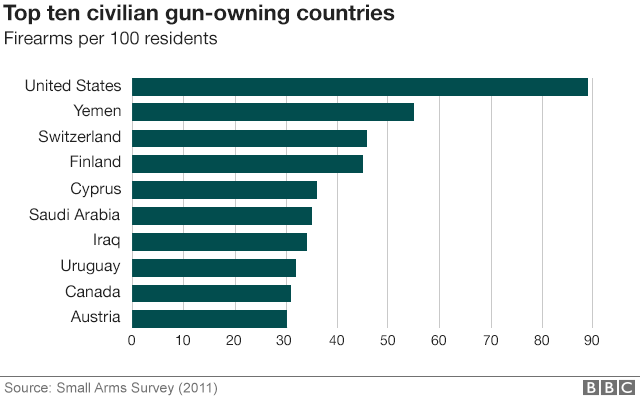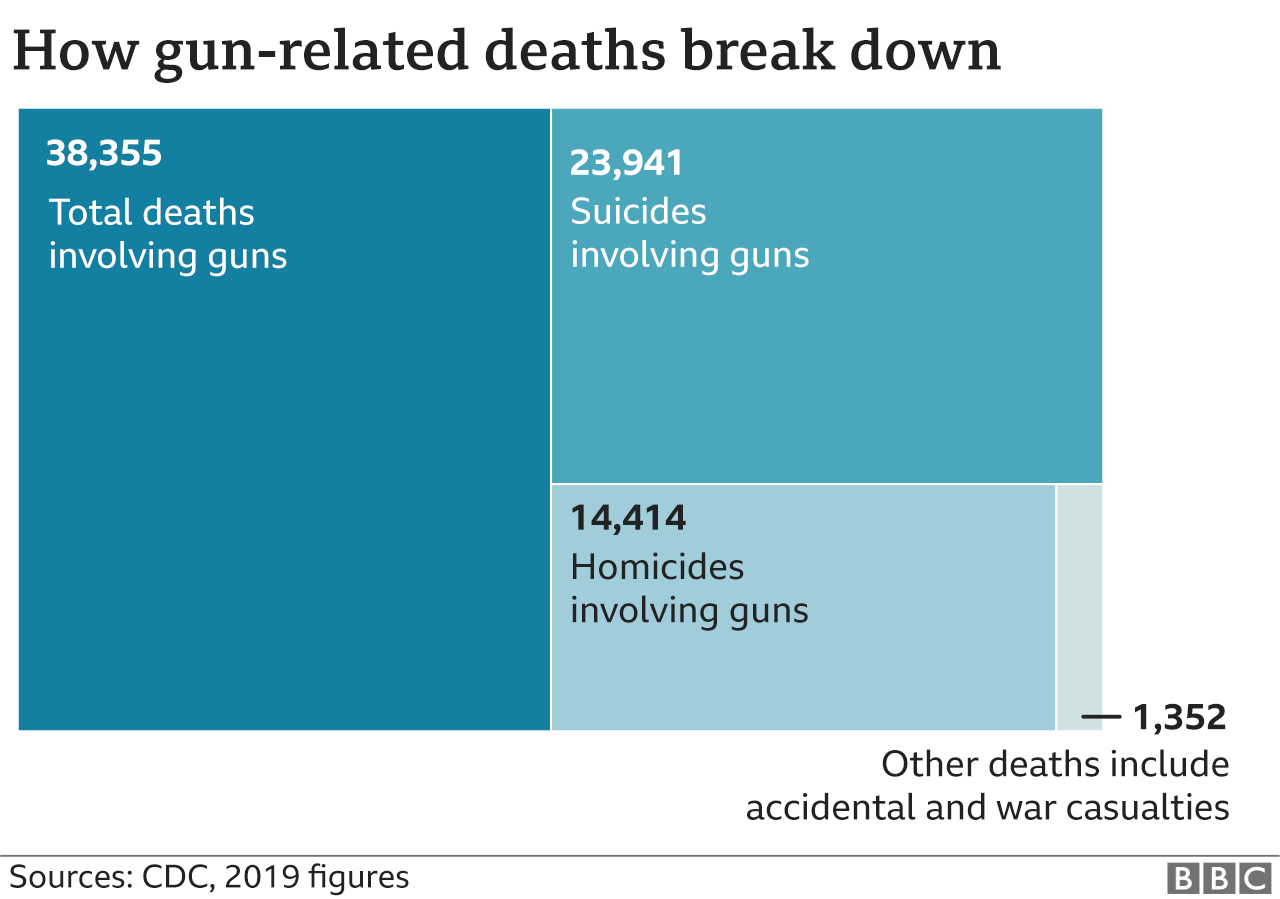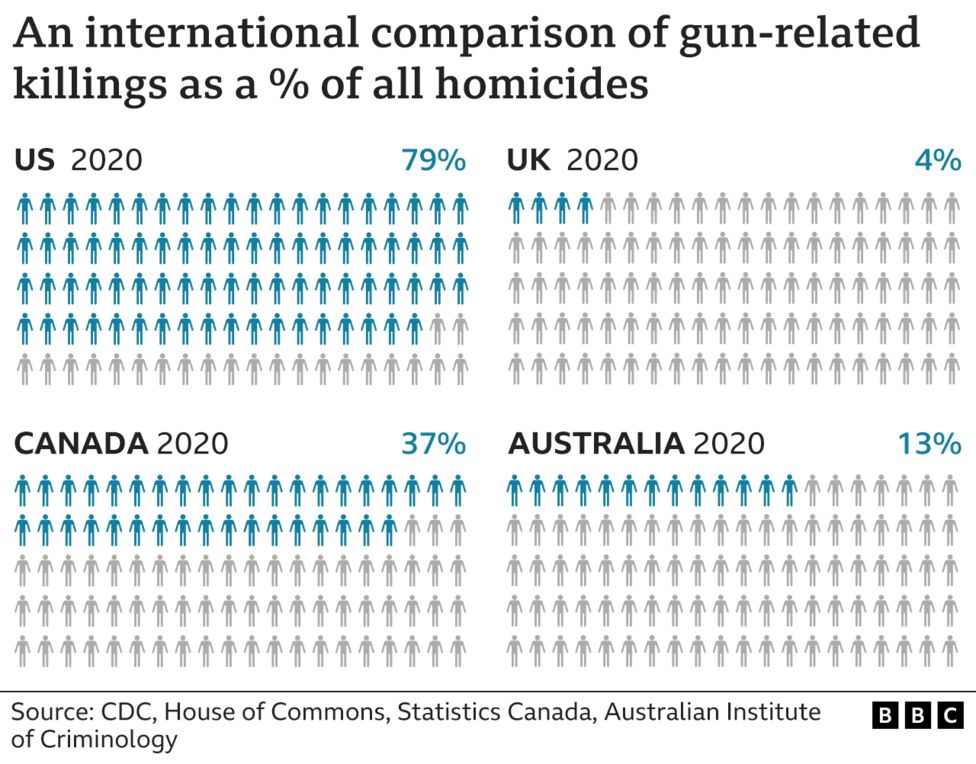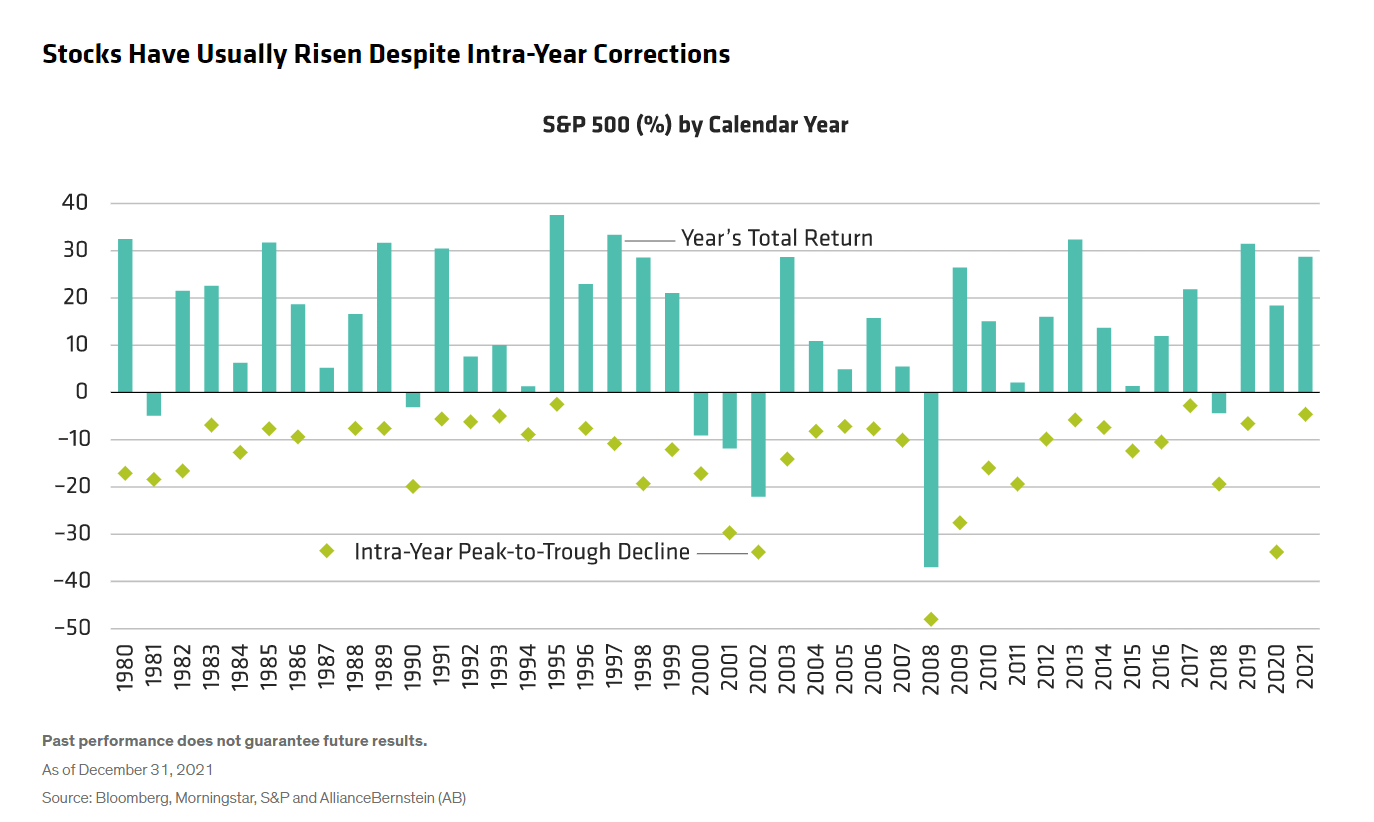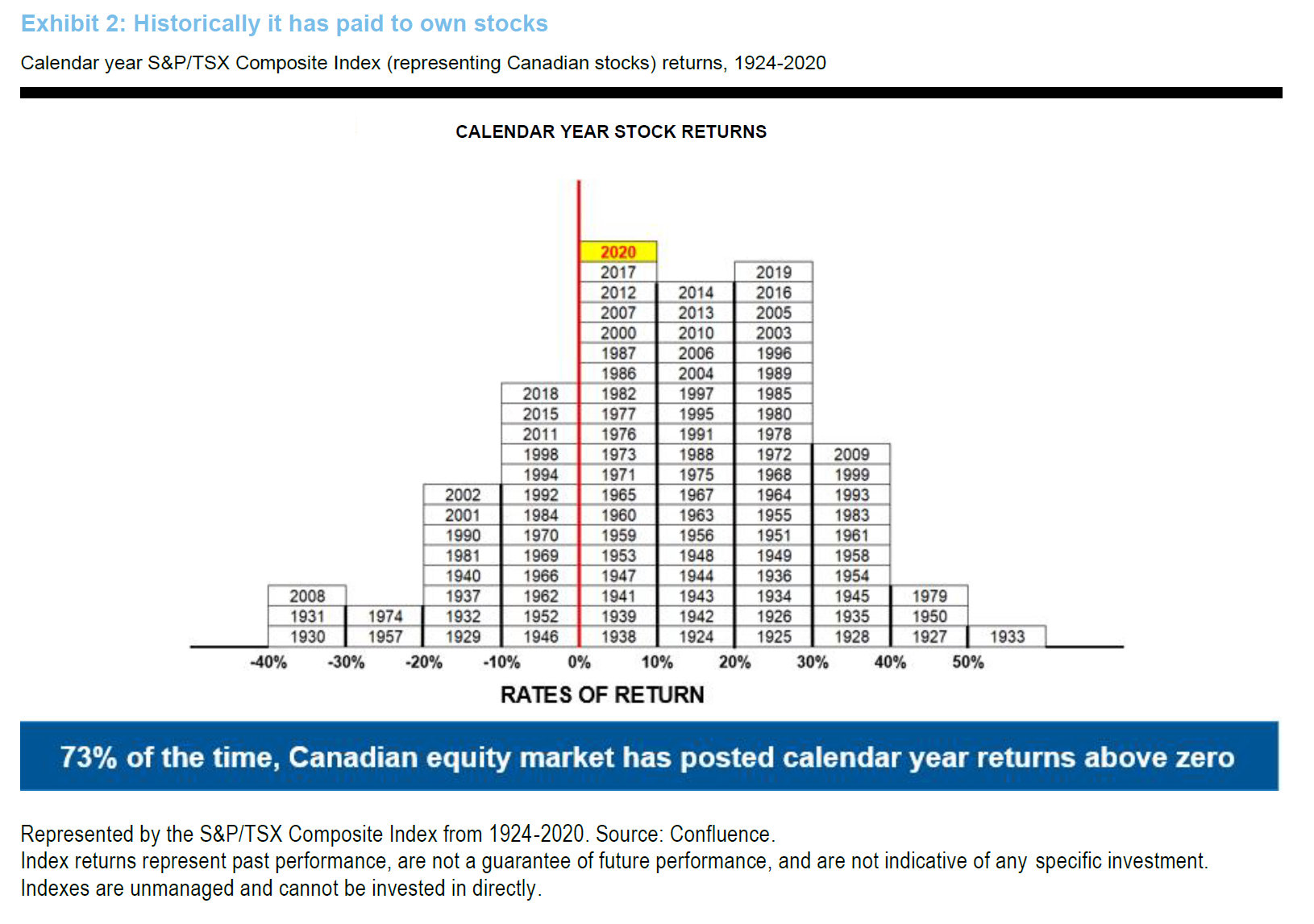Many emerging markets have held up well so far this year relative to their developed world peers. These markets are performing well for many reasons including rising commodity prices. Countries such as Brazil, Chile in Latin America, South Africa in EMEA and Malaysia in the Asian region are in the positive year-to-date.
With that said, some investors may be wondering which markets are cheap now. A recent article at Schroders noted that countries such as Chile, Colombia, South Africa, Poland, etc. are cheaper based on 12-month forward P/E.
The expensive and cheap emerging markets:
Click to enlarge
Source: Is Mexico’s resurgence losing steam?, Schroders
Related ETFs:
- iShares MSCI Mexico Capped Investable Market (EWW)
- Global X FTSE Colombia 20 ETF (GXG)
- iShares MSCI Brazil Index (EWZ)
- WisdomTree India Earnings (EPI)
- The iShares MSCI India ETF (INDA)
Disclosure: No positions

